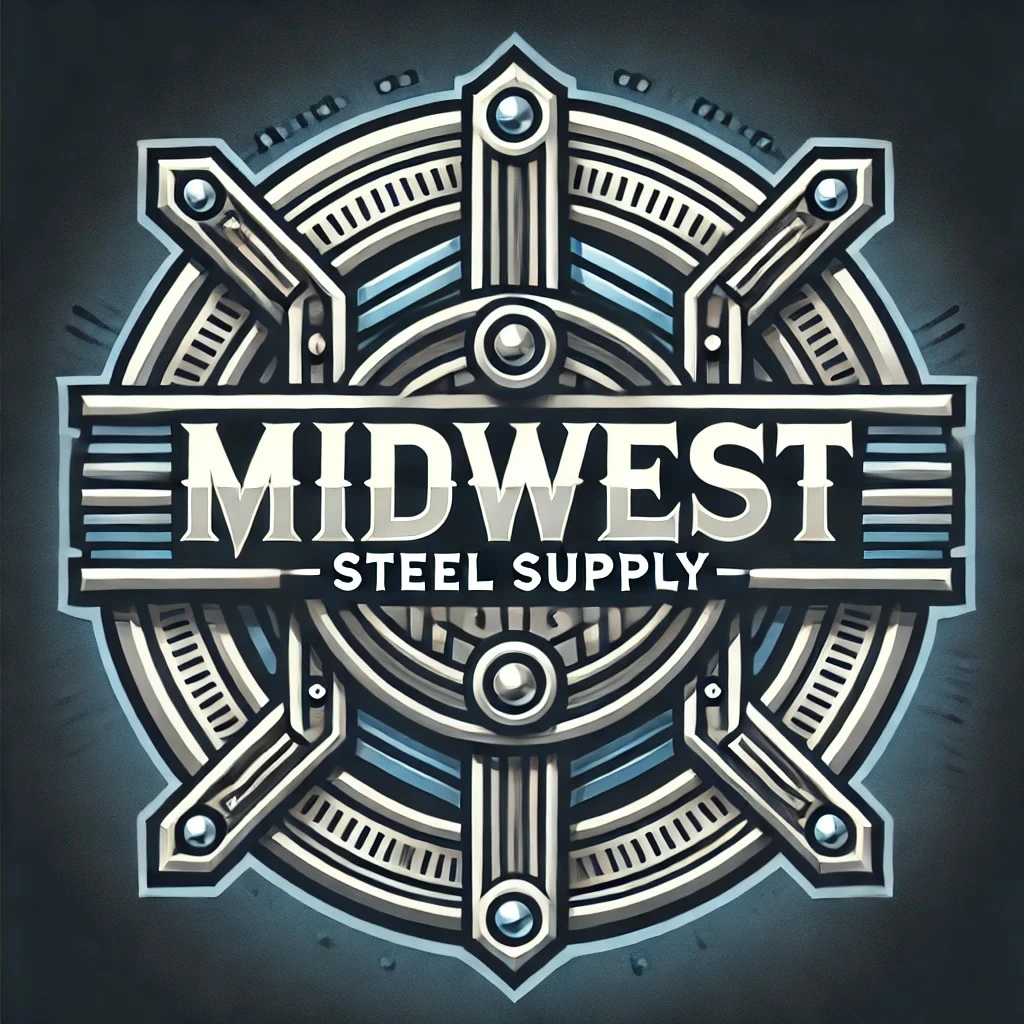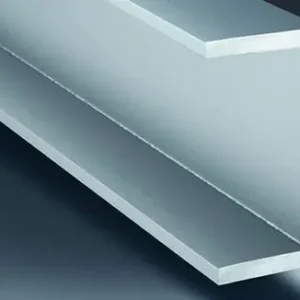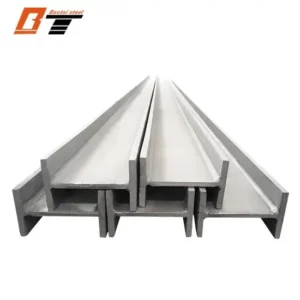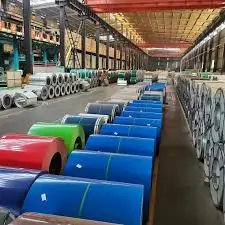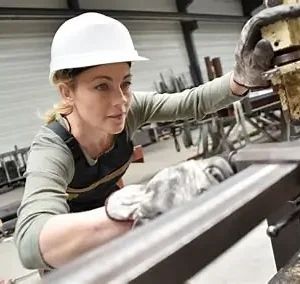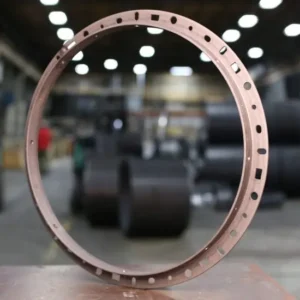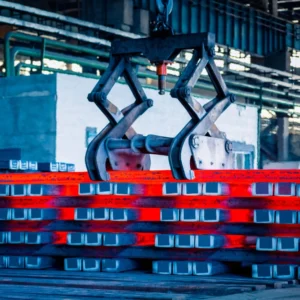ASTM A992 steel, A992 beams, A992 price The Complete Guide
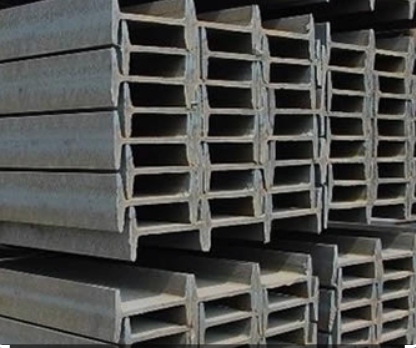
Introduction
ASTM A992 steel, A992 beams, A992 price is the backbone of modern construction, providing the strength, flexibility, and durability required in buildings, bridges, and infrastructure. Among the most widely used structural steels today is ASTM A992 steel — a material specifically designed for wide-flange (H-beam and I-beam) shapes. Its excellent balance of strength, weldability, and cost efficiency has made it the industry standard for structural beams in North America and beyond.
When discussing A992 beams or A992 price, engineers, contractors, and procurement professionals are often comparing it with older grades like ASTM A36 or ASTM A572. This article explains what ASTM A992 is, why it’s preferred, what factors influence its price, and how to evaluate A992 beam costs in real projects.
What Is ASTM A992 Steel?
ASTM A992 is a high-strength, low-alloy structural steel specification issued by ASTM International. It was developed to standardize the steel used for wide-flange beams (W-shapes), replacing the earlier practice of using multiple grades such as A36, A572 Gr.50, or A709 Gr.50 for structural shapes.
Key characteristics include:
-
Minimum yield strength: 50 ksi (345 MPa)
-
Tensile strength: 65 ksi (450 MPa) minimum
-
Elongation: Around 18% in 8 in. (depending on thickness)
-
Carbon equivalent limit: ≤ 0.45, ensuring excellent weldability
-
Superior strength-to-weight ratio compared with A36
The specification is engineered for consistency, ductility, and weldability, all critical for modern structural engineering. It also provides a predictable set of mechanical properties across rolling mills, simplifying design and fabrication.
Why A992 Beams Are the Industry Standard
Before the introduction of ASTM A992, structural engineers often had to specify different grades for the same project depending on availability. This created complexity in design and fabrication. A992 solved that problem by providing a uniform, high-strength standard optimized for beam production.
Advantages of A992 Beams
-
Higher Strength-to-Weight Efficiency
With a minimum yield strength of 50 ksi (versus A36’s 36 ksi), A992 beams allow designers to use smaller or lighter sections for the same load, reducing total steel weight. -
Excellent Weldability
The carbon equivalent restriction (max 0.45) ensures good weld performance without requiring pre-heating in most applications. -
Consistent Chemical Composition
A992 limits phosphorus, sulfur, and other impurities more strictly than older grades, improving toughness and reducing brittleness. -
Improved Ductility and Toughness
The alloy’s controlled chemistry provides resilience under stress, a key factor in seismic or high-load applications. -
Readily Available
Most North American mills now roll wide-flange sections exclusively to the A992 specification, ensuring uniformity and easy sourcing.
Common Applications of A992 Steel
-
Building frames (columns, beams, girders)
-
Bridges and overpasses
-
Industrial plants and platforms
-
High-rise and commercial structures
-
Cranes, supports, and heavy frameworks
Because of its high strength and reliable performance, A992 is the go-to choice for engineers aiming for efficient load design while controlling costs.
ASTM A992 vs. ASTM A36
One of the most common comparisons is between A992 and A36 steel.
| Property | ASTM A36 | ASTM A992 |
|---|---|---|
| Minimum yield strength | 36 ksi (250 MPa) | 50 ksi (345 MPa) |
| Tensile strength | 58–80 ksi | 65 ksi min |
| Carbon equivalent | Not specified | ≤ 0.45 |
| Ductility | Good | Excellent |
| Typical use | General plates, bars, low-rise structures | Beams, columns, bridges, high-load frameworks |
While A992 beams cost slightly more per ton than A36 beams, the higher strength and reduced material weight often make A992 more economical on a total-project basis.
A992 Price per Ton and Market Trends
Like all steel products, the A992 price per ton varies with grade, shape, region, and market conditions. The following are indicative average ranges in 2025:
| Region | Typical A992 Price per Metric Ton (USD) |
|---|---|
| United States | $850 – $1,100 / ton |
| Europe | €900 – €1,150 / ton |
| Asia (China, India) | $700 – $950 / ton |
| Middle East | $800 – $1,000 / ton |
Smaller orders, custom shapes, or special certifications can push prices to the higher end. Bulk orders or standard beams usually fall near the lower end of the range.
Factors Influencing A992 Steel Price
The A992 price is shaped by multiple market and technical factors:
1. Raw Material Costs
Iron ore, coking coal, and scrap steel costs are the foundation of all steel prices. Rising input costs quickly ripple into beam pricing.
2. Energy Prices
Steelmaking is energy-intensive. Increases in electricity, natural gas, or fuel prices directly raise production cost per ton.
3. Mill Capacity and Demand
High construction activity or infrastructure projects can create supply pressure. When mills operate near full capacity, prices tend to rise.
4. Section Size and Weight
Wider or heavier beam sizes cost more per ton to roll and transport. Smaller, standard W-sections often enjoy more competitive pricing.
5. Transportation and Logistics
Freight, port charges, and inland shipping affect final cost. For imported beams, logistics can add 10–20% to base price.
6. Trade Policies and Tariffs
Import duties, quotas, or anti-dumping measures can significantly impact the landed cost of A992 beams in specific regions.
7. Currency Exchange Rates
For international purchases, USD or euro fluctuations against local currencies influence the effective A992 price per ton.
8. Market Speculation
Traders sometimes adjust inventories anticipating price moves, temporarily tightening or loosening supply.
Example: Calculating Delivered Cost
Let’s estimate the delivered cost for a 100-ton order of A992 beams from a mill to a construction site.
-
Base mill price: USD 900 / ton
-
Freight & insurance: + USD 100 / ton → USD 1,000
-
Import duty & taxes (10%): + USD 100 → USD 1,100
-
Inland logistics & handling: + USD 30 → USD 1,130 per ton delivered
Hence, although the quoted mill price is $900, the fully delivered price could exceed $1,100 / ton depending on location and duties.
A992 Price vs. Other Grades
-
A36 Steel: Typically $100–150 / ton cheaper than A992, but requires heavier sections to achieve similar strength.
-
A572 Gr.50: Close in strength and price to A992, but not as standardized for beam applications.
-
A588 (Weathering Steel): Usually 10–20% more expensive than A992 due to alloying elements and corrosion resistance.
In practical terms, A992 offers the best cost-to-performance ratio for structural shapes, especially where standard W-sections are used.
A992 Price Trends (2023 – 2025)
-
2023: Prices softened slightly after post-pandemic highs as raw-material costs normalized.
-
2024: Global construction activity revived, pushing A992 demand up modestly.
-
2025: The market shows stability, with A992 prices holding between $850 and $1,100 / ton in most regions.
-
Forecast (2026): Mild upward pressure expected due to energy costs and infrastructure spending in Asia and North America.
For buyers, the near-term outlook remains steady, with normal seasonal fluctuations.
How to Buy A992 Beams Wisely
-
Compare Multiple Suppliers
Request detailed quotes (including size, delivery term, and certification). -
Check Specification Compliance
Ensure material meets ASTM A992 / A992M with full mill test reports. -
Optimize Section Design
Use design software or structural analysis to select the smallest viable beam size — lighter sections reduce cost. -
Consider Bulk Purchasing
Large volume orders reduce per-ton price through economies of scale. -
Monitor Freight & Duty
Evaluate domestic vs. imported beams to minimize logistics cost. -
Lock Prices During Volatility
If markets rise, fixed-price contracts protect budgets. -
Use Reputable Mills or Service Centers
Certified suppliers ensure consistent quality and accurate documentation.
Lifecycle Cost Advantage
Although A992 beams might appear slightly more expensive initially, their higher strength and design efficiency often reduce total material tonnage. That leads to:
-
Lower fabrication and erection costs
-
Reduced shipping weight
-
Improved load performance
-
Long-term savings in project budgets
When structural designs take advantage of A992’s 50 ksi yield strength, total steel usage can drop by 10–15%, easily offsetting the per-ton premium.
Conclusion
ASTM A992 steel represents the modern benchmark for structural steel beams. Its combination of strength, weldability, and reliability has made A992 beams the default choice for most construction projects.
As of 2025, the A992 price typically ranges between USD 850 and 1,100 per ton, depending on region and market conditions. While slightly higher than A36 steel, A992’s superior mechanical properties enable lighter, stronger, and more efficient designs, reducing overall project costs.
For engineers, builders, and procurement teams, understanding the ASTM A992 steel specification, beam advantages, and market pricing trends is essential for cost-effective, durable, and high-performance construction.
Whether you are designing a skyscraper, a bridge, or an industrial facility, A992 beams deliver the strength and economy that define modern structural engineering.
